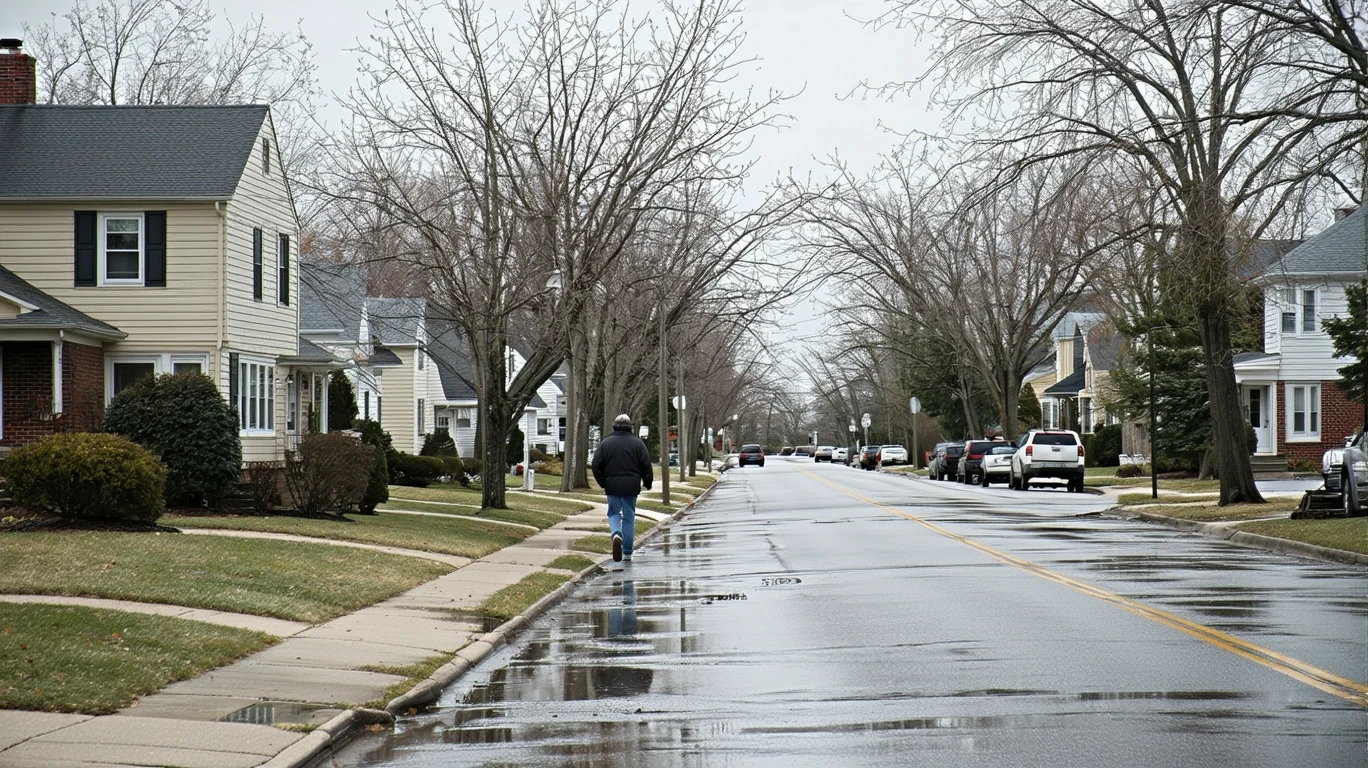Arlington Heights, IL vs. Naperville, IL: Cost of Living Comparison (2025)
Imagine two professionals, Jen and Mike, both considering job offers in the Chicago suburbs. Jen is leaning towards Arlington Heights, while Mike has his eye on Naperville. Let’s compare their potential monthly expenses in each city, assuming a gross monthly income of $6,000.
In Arlington Heights, Jen finds a cozy 2-bedroom apartment for $1,800/month. Her utility bills, including electricity, water, and internet, average $250/month. For groceries and household essentials, Jen budgets around $400/month, enjoying occasional meals out with friends. Her total monthly expenses in Arlington Heights come to roughly $2,450.
Meanwhile in Naperville, Mike discovers that a similar 2-bedroom apartment runs closer to $2,200/month. His utility costs are slightly lower at $220/month, thanks to some energy-efficient appliances. Mike also allocates $400/month for groceries and incidentals. His monthly expenses in Naperville total approximately $2,820.
So which Chicago suburb offers the lower cost of living? Let’s take a closer look at how Arlington Heights and Naperville stack up across key expense categories in 2025.

Housing Costs: Arlington Heights vs Naperville
Housing is often the biggest line item in a monthly budget. Here’s how typical rent and mortgage costs compare between Arlington Heights and Naperville:
| Housing Type | Arlington Heights | Naperville |
|---|---|---|
| 2BR Apartment (Monthly Rent) | $1,800 | $2,200 |
| 3BR House (Median Price) | $450,000 | $550,000 |
🏆 Winner: Arlington Heights. Rental rates and home prices tend to be 10-20% lower in Arlington Heights compared to Naperville.
For a more personalized look at housing costs, try plugging your details into these sample monthly budgets for Arlington Heights in 2025.
Utilities and Energy Costs

Utility bills can vary based on home size, energy usage, and local climate. In Arlington Heights and Naperville, expect to pay around $200-300/month for electricity, water, gas, and internet for a typical 2-bedroom apartment.
Both cities experience cold winters and hot summers, so budget for higher heating and cooling bills during those months. Naperville residents may see slightly lower energy bills due to more new construction with energy-efficient features.
🏆 Winner: Naperville, but only by a slight margin. Utility costs are similar between the two cities.
Groceries and Daily Expenses
Both Arlington Heights and Naperville have a variety of grocery stores, from major chains to local markets. Prices for everyday items like bread, milk, eggs, and produce are comparable. Budget around $400/month for groceries for a single person, or $800+ for a family.
Eating out at a mid-range restaurant costs about $50 for a dinner for two in either city. For more budget-friendly eats, expect to pay $10-15 for a quick meal or fast casual dining.
🏆 Winner: Tie. Grocery and restaurant prices are on par between Arlington Heights and Naperville.
Taxes and Fees
Illinois has a flat income tax rate of 4.95% as of 2025. However, property taxes and local sales taxes can vary by city and county.
In Arlington Heights, the average effective property tax rate is 2.2%, slightly lower than Naperville’s 2.4% average. For a $500,000 home, that’s a difference of about $1,000 per year.
Both cities charge a local sales tax on top of the state’s base 6.25% rate. Arlington Heights has a lower total sales tax of 8%, compared to Naperville’s 8.25%.
🏆 Winner: Arlington Heights. Lower property taxes can add up to substantial savings for homeowners.
Cost of Living Summary
| Category | Arlington Heights | Naperville |
|---|---|---|
| Housing (2BR Rent) | $1,800 | $2,200 |
| Utilities | $250 | $220 |
| Groceries | $400 | $400 |
| Transportation | $100 | $150 |
| Misc Expenses | $300 | $300 |
| Estimated Monthly Total | $2,850 | $3,270 |
Lifestyle Fit
While Arlington Heights has a lower overall cost of living, Naperville offers perks like highly-rated schools, a vibrant downtown, and convenient access to Chicago via the Metra train. Naperville also tends to have newer housing stock and more upscale amenities.
Arlington Heights has a more suburban feel, with quiet neighborhoods and easy access to parks and forest preserves. Commuting to downtown Chicago takes about 15 minutes longer by train from Arlington Heights compared to Naperville.
Frequently Asked Questions
Is Arlington Heights more affordable than Naperville?
Yes, the cost of living in Arlington Heights is about 10-15% lower than Naperville, primarily due to lower housing costs.
Which city has lower rent, Arlington Heights or Naperville?
On average, rent prices in Arlington Heights are 10-20% lower than comparable apartments in Naperville.
Is it cheaper to buy a house in Arlington Heights or Naperville?
Arlington Heights has lower median home prices and slightly lower property tax rates, making it more affordable for homebuyers. Use this cost of living guide for Arlington Heights to estimate your homeownership budget.
Conclusion
While Arlington Heights has the edge on affordability, with lower housing costs and property taxes, Naperville offers a higher-end suburban lifestyle and quicker access to downtown Chicago. Young professionals prioritizing an easy commute and upscale amenities may prefer Naperville, while families looking to stretch their budget further might favor Arlington Heights.
Ultimately, the right choice depends on your specific budget, housing needs, and lifestyle priorities. Be sure to consider all the factors, from moving costs to long-term savings goals, as you weigh the pros and cons of Arlington Heights vs. Naperville. No matter which Chicago suburb you choose, you’ll enjoy a high quality of life in a welcoming Midwestern community.
